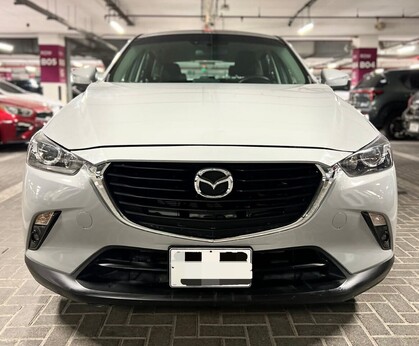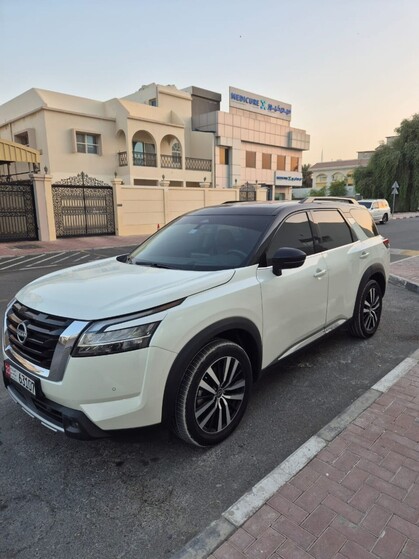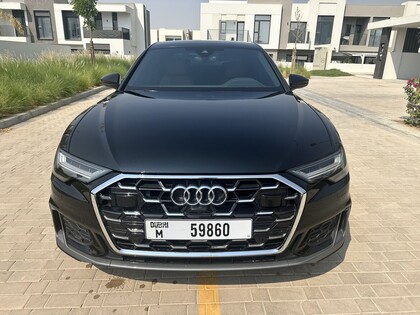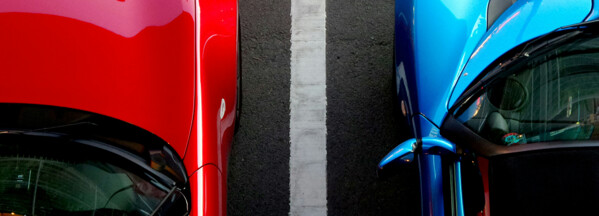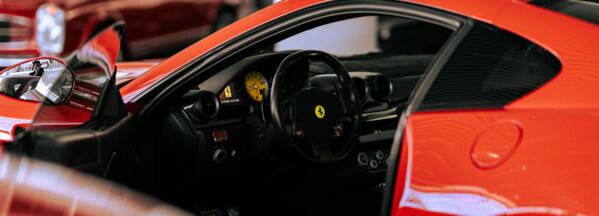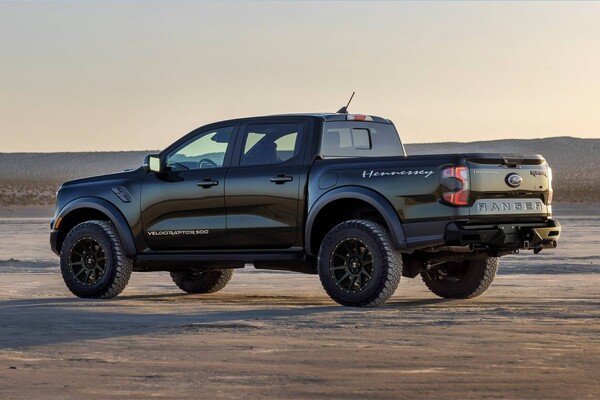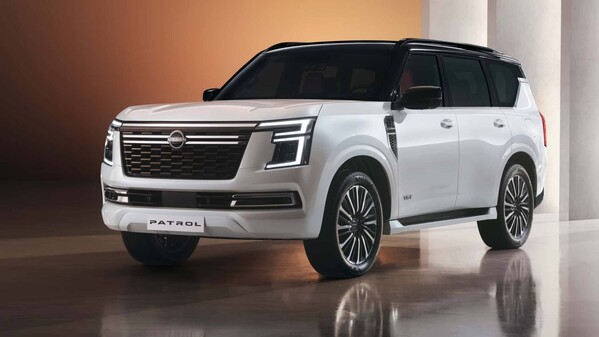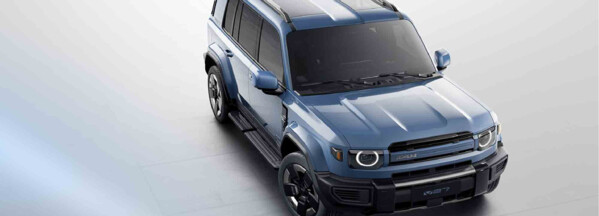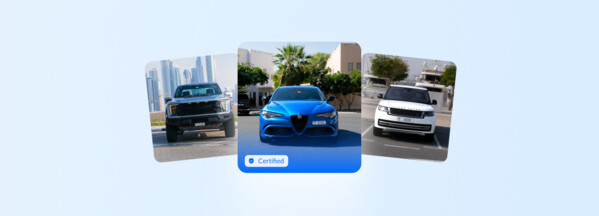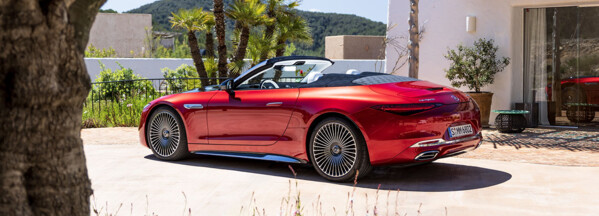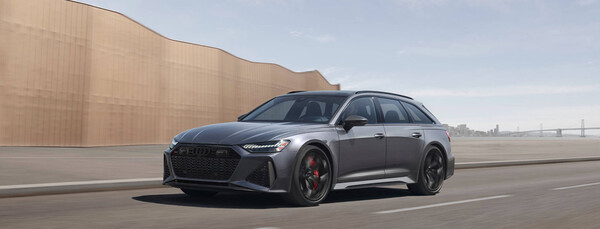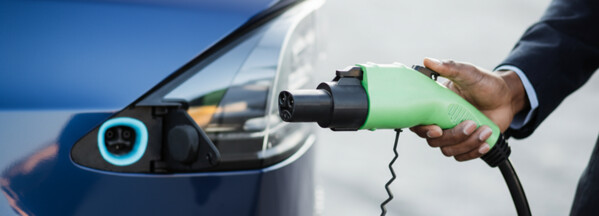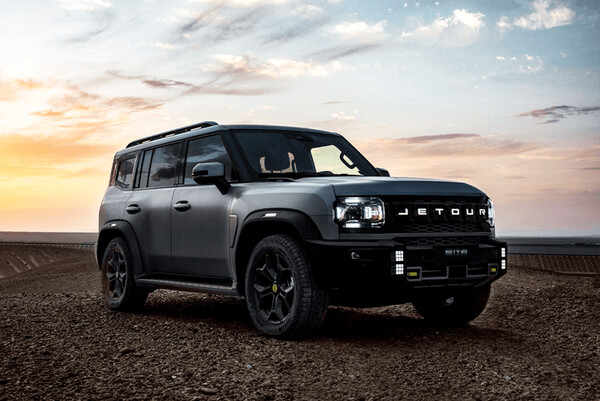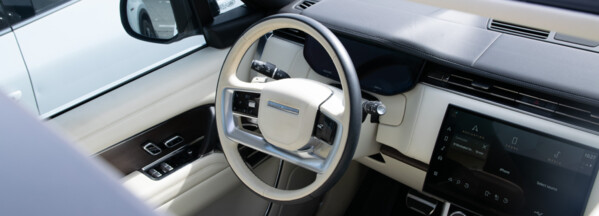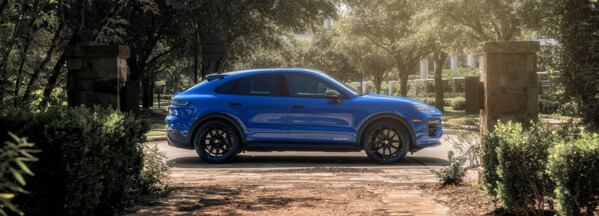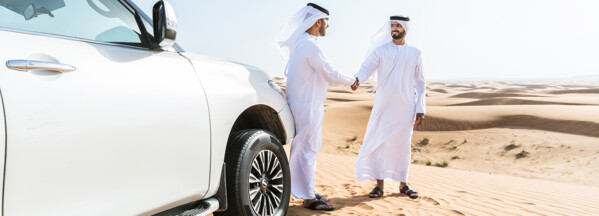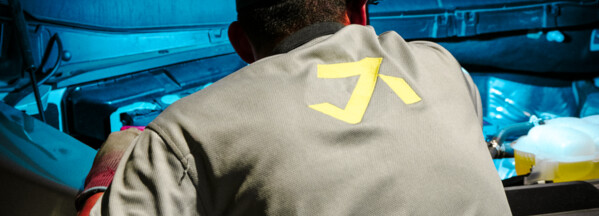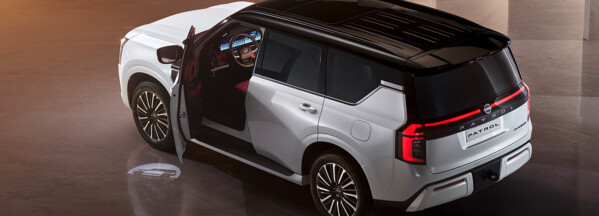The United Arab Emirates is a market with unique characteristics where automotive culture holds a special place. Thanks to the high concentration of expatriates and a dynamic lifestyle, the secondary automotive sector is constantly refreshed. This creates a wide selection of vehicles from various brands and models. From practical sedans and family SUVs to exotic supercars, the range can satisfy almost any request and budget. Many people prefer to buy a used car for several reasons.
Firstly, it allows you to acquire a higher-class vehicle for less money. A new premium car loses a significant portion of its value within the first year of use, making its purchase on the secondary market financially justified. Secondly, the depreciation of new cars in the first few years is very high, and buying a used vehicle helps avoid these financial losses. The hot climate and sandstorms impact the condition of cars. Constant exposure to ultraviolet light can damage the paintwork and interior elements, while fine sand can infiltrate components, accelerating their wear. Therefore, with a thoughtful approach to selection and inspection, one can expect to make a successful deal.
Another feature of the local market is the variety of vehicle specifications. Alongside used cars originally intended for the Gulf Cooperation Council (GCC) countries, there are many imported vehicles, mainly from the USA, Japan, and Europe. GCC Spec cars are better prepared for extreme temperatures: they have more efficient engine cooling systems and air conditioning, as well as improved dust protection. When choosing an imported car, special attention should be paid, as it may not be fully adapted to local operating conditions, which could lead to numerous technical issues in the future.
This guide will help you navigate all the nuances of the process and buy a truly good used car.
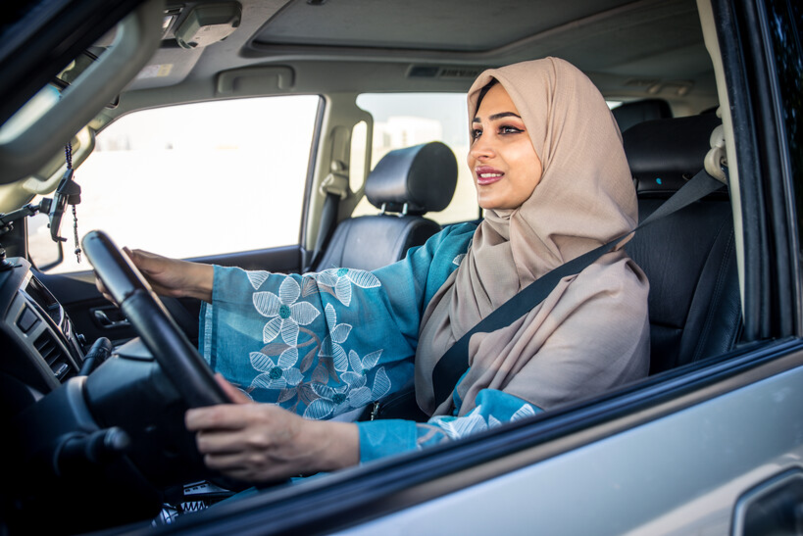
What to Check When Buying a Used Car
A thorough inspection and verification of the selected vehicle are fundamental, laying the groundwork for future peace of mind and avoiding unforeseen repair expenses. Every aspect, from appearance to technical condition, deserves close attention. Do not rely solely on the seller's words: a personal inspection or engaging a specialist can help form an objective opinion about the vehicle. In some cases, it is advisable to order a comprehensive pre-purchase inspection (PPI) at an independent service center. The cost of such a service is negligible compared to potential expenses for fixing hidden faults.
Checking the Age of the Car and Warranty
The age of the car directly affects its wear and residual resources. In the hot climate of the UAE, rubber seals, plastic interior parts, and under-hood hoses wear out faster. Batteries also have a shorter lifespan due to constant exposure to high temperatures. Check if the used car has an active warranty. Some manufacturers offer extended warranties that can transfer to the new owner. Having such support significantly reduces risks associated with potential breakdowns.
In the UAE, there are dealer programs for certified used cars that include additional warranty coverage from the dealership. Be sure to find out what the warranty covers: only major components (engine and transmission) or all parts.

Checking the VIN/Chassis Number
The Vehicle Identification Number (VIN) is a unique code that contains complete information about the car. It can be used to find out the factory configuration, production date, and, most importantly, obtain a vehicle history report. Specialized online services using the VIN code provide information about involvement in accidents, registered insurance claims, odometer rollback incidents, and even whether the car is listed as stolen.
For used cars imported from the USA, it is highly advisable to check CarFax or AutoCheck reports for "Salvage" or "Flood Damage" markings. Verify the VIN on the body, under the windshield, and in the registration documents.
Interior Inspection
The condition of the interior speaks volumes about the previous owner's attitude towards the car. Pay attention to the wear on the steering wheel, seats, and control buttons. In the constant sun of the UAE, plastic panels may fade or crack, and leather upholstery may dry out.
Check for any unpleasant odors inside the car, especially dampness, which may indicate water ingress into the cabin. It is essential to check the functionality of the air conditioning in all modes – this is one of the most important systems for the local climate. Turn it on at maximum power and ensure that cold air is consistently coming from the vents after 5-10 minutes. Also, test all electronic systems: multimedia, power windows, seat and mirror adjustments. Each function should operate correctly.

Inspection of the Car Body
The exterior inspection is best conducted in good daylight. Look for discrepancies in paint shades on different parts – this is a sure sign that the element has been repainted after damage. You can use a special device called a paint thickness gauge, which will show the presence of filler under the paint.
Pay attention to the gaps between the body panels: they should be even. Inspect the windows and headlights for cracks and chips. Cloudy or yellowed headlights may indicate old age or prolonged exposure to direct sunlight.
Don't forget to check underneath the car and in the wheel arches. Although corrosion is rare in the dry climate of the Emirates, signs of rust may indicate that the car was brought from another region or operated in a coastal area with high humidity.
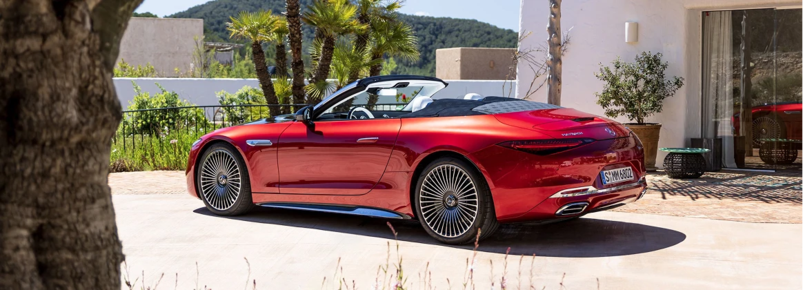
Checking for Mechanical Problems
This is the most critical stage of the inspection. Start the engine and listen to its operation. Unusual knocks, whistles, or vibrations may signal serious issues. Check the level and condition of all fluids. The oil on the dipstick should be clear, without impurities or a burnt smell.
During the test drive of the used car, evaluate how the transmission operates – shifts should be smooth, without jerks or delays. Pay attention to the suspension's performance over bumps and the effectiveness of the brakes. Any issues found can serve as a reason for negotiation or withdrawal from the purchase.
Additional Points to Check:
-
Exhaust System: Smoke from the exhaust should not be blue or thick white. The presence of such signs indicates that oil is burning and there are problems with the cooling system.
-
Cooling System: Ensure that the radiator fans turn on and that the engine temperature remains within normal limits even when the air conditioning is running.
-
Brakes: There should be no vibrations on the steering wheel or unusual squeaks when braking.
Checking Airbags
Safety is the primary criterion when choosing any vehicle, especially a used one. Ensure that the airbag indicator (SRS) on the dashboard turns off after starting the engine. If it remains lit, this indicates a malfunction in the system. Inspect the steering wheel and dashboard for signs of tampering or poor installation. Non-original plugs or mismatched plastic may indicate that the airbags deployed as a result of an accident and were not replaced properly. Also, check the seat belts: they should extend easily and retract quickly. Slow operation may indicate that the pre-tensioners have deployed.
Checking Mileage
Mileage is one of the main indicators of a car's wear. A high figure does not always mean poor condition if the used car has been properly maintained, but it directly affects the remaining resource of the engine and transmission. In the UAE, high annual mileage is the norm due to the long distances between emirates.
Compare the odometer reading with the overall condition of the interior and the records in the service book. Sometimes unscrupulous sellers roll back the mileage. Indirect signs can include heavily worn pedals and steering wheel with low odometer readings. Also, pay attention to the condition of the tires: if a used car claims to have a mileage of 20,000 km but has new tires, this may be suspicious.

Checking the Vehicle History
A complete service history is a significant plus for any used car. Ask the seller for the service book with records of maintenance. Ideally, services should be performed at an official dealership, which confirms that original parts and quality materials were used. In addition to stamps in the book, request invoices and receipts for completed work, as they contain detailed information about replaced parts. You can also request reports from the official dealer using the VIN code to check the service history. It is also advisable to check if this model is subject to any manufacturer recalls.
Important Documents Required for Buying a Car
To finalize the sale and purchase of used cars in the UAE, a specific list of documents is required from both the seller and the buyer. Preparing all necessary papers in advance will speed up the process and eliminate unnecessary visits to government offices. It is important that all documents are valid at the time of the transaction.

From the Buyer, Typically Required:
-
Original and copy of Emirates ID. This is the primary document confirming the identity of a UAE resident.
-
Copy of residence visa and passport. These documents confirm legal status in the country.
-
UAE driver's license. Without a valid driver's license issued in the Emirates, registering the used car in the buyer's name is impossible.
From the Seller, Required:
-
Original Emirates ID. This document identifies the seller.
-
Vehicle registration card (Mulkiya). This is the main document for the car, confirming ownership and containing all technical details.
-
Certificate of passing the technical inspection if the current registration is about to expire. The RTA test is valid for 30 days and is mandatory for re-registration.
Make sure that the seller has no unpaid fines, as transferring ownership will not be possible without their settlement. You can check for fines online on the websites of Dubai, Abu Dhabi, or other emirate police, as well as through the RTA app, using the license plate or chassis number of the car. It is also advisable to draft a simple written sales contract, which will detail the price, the parties involved, and the used car. Although this is not always a mandatory requirement, such a document can provide additional protection.

Car Insurance in Dubai
Having insurance is a mandatory requirement for registering a used car in Dubai and other emirates. Without a valid policy, it is not possible to register the vehicle. There are two main types of insurance: mandatory third-party liability insurance (Third-Party Liability) and comprehensive insurance (Comprehensive). The first option covers only damage caused to third parties. The second covers both damage to third parties and damage to the owner's own vehicle, even if the owner is at fault in the accident. Comprehensive policies are typically issued for cars aged up to 7-10 years.
The cost of the insurance policy depends on several factors, including:
-
Age and value of the used car: The more expensive and newer the car, the higher the insurance cost.
-
Driver's age and experience: Rates are always higher for young and inexperienced drivers.
-
Driving history: Having accidents in the past increases the cost of the policy.
-
Engine power: Cars with powerful engines are considered higher risk.
In addition to the basic coverage, comprehensive insurance often includes useful additional options, such as roadside assistance (towing, tire replacement), provision of a replacement vehicle during repairs, and coverage for risks related to natural disasters, such as sandstorms. It is advisable to obtain quotes from several insurance companies before visiting the RTA for re-registration to choose the most favorable option.
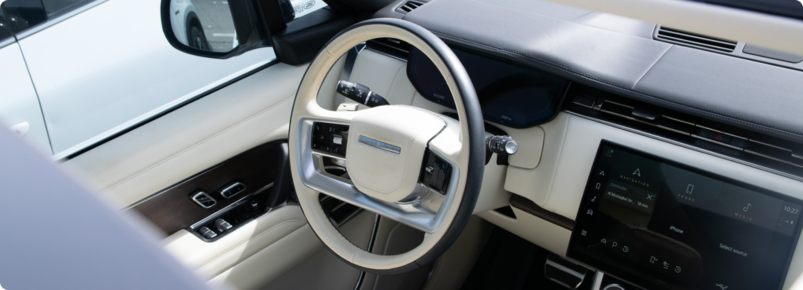
Registration Fees in Dubai
Registering a vehicle at the Roads and Transport Authority (RTA) involves paying certain fees. Their amounts may vary, so it is best to check the official RTA website for up-to-date information. All fees are paid directly at the RTA service center or at authorized centers (Tasjeel, Shamil).
An approximate list of payments when purchasing a used car is as follows:
-
RTA Test Fee (around 170 dirhams): This test includes checking the brakes, suspension, tires, lighting, and emission levels.
-
Ownership Transfer Fee (around 350-400 dirhams): This is the main administrative payment for updating the ownership information of the used car in the database.
-
New License Plate Fee (if required): This is necessary if the seller keeps the number (especially if it is "special") or if the old plates are damaged.
-
Various Administrative Fees ("Knowledge Fee", "Innovation Fee"): These are small fixed payments added to many government services in Dubai.
The total amount of mandatory fees when registering a used car usually ranges from 700 to 1000 dirhams, excluding the cost of the insurance policy.

Can You Buy a Car Without a Down Payment?
Purchasing a car on credit without a down payment in the UAE is possible but comes with certain challenges. Most banks require a down payment of 20% of the used car's value when applying for an auto loan, as mandated by the Central Bank of the UAE. Some financial institutions and car dealerships offer special programs where the down payment is covered by a personal loan, but this usually leads to increased overall repayment.
This scheme essentially means taking out two loans simultaneously: one auto loan and one personal loan. The interest rate on personal loans is always higher, making the total cost of the purchase significantly higher. Financial advisors recommend avoiding such schemes and saving the necessary amount for a down payment. This not only reduces the monthly payment and overall repayment but also demonstrates financial discipline to the bank, which increases the chances of approval for the main loan.
Financial Options for Used Cars in Dubai
There are several ways to obtain financing for purchasing a used car. The choice depends on the individual's financial situation, the age of the car, and the buyer's credit history. Each option has its own features and requirements. Before applying, it is advisable to use online calculators on bank websites to preliminarily calculate the monthly payment and understand how it fits into your budget.
Bank Loans
This is the most common method of financing. UAE banks actively finance the purchase of both new and used cars. The rates for such loans are usually lower than for personal loans. The process of obtaining a bank loan is highly transparent and regulated by the Central Bank of the UAE, which further protects the interests and rights of consumers.

Features of Used Car Bank Loans
Bank loans for used cars have several distinctive characteristics. The interest rate depends on the year of manufacture of the car – the older the used car, the higher the rate may be. This is because older cars have a lower residual value and are considered a less liquid asset for the bank. The loan term is usually limited to five years. The bank may also impose restrictions on the maximum age of the car at the end of the repayment period (often no older than 10-12 years).
It is important to understand that throughout the loan term, the car will remain the property of the bank until the debt is fully repaid. This means that selling it without the bank's consent will be impossible.
Additional Points When Obtaining a Bank Auto Loan
-
Car Valuation: Before issuing the loan, the bank will require an official appraisal of the car's value from an accredited company. The loan amount cannot exceed the appraised value.
-
Comprehensive Insurance: The bank will require the borrower to obtain a comprehensive insurance policy for the entire loan term, as the used car serves as collateral.
Eligibility Criteria
To obtain an auto loan, the buyer must meet the bank's criteria. Typically, this includes having a UAE residency visa, a stable income (the minimum threshold is set by the bank, usually starting from 5000 AED), and a good credit history. The credit history is checked through the Al Etihad Credit Bureau (AECB). A high credit score significantly increases the chances of approval and may lead to a lower interest rate. To assess creditworthiness, it is necessary to provide a salary certificate, bank statements for the last 3-6 months, and copies of personal documents.
Financing Through Dealerships
Many large dealership centers and specialized platforms for selling used cars collaborate with banks and offer their own financing programs. This is a convenient solution for many buyers, as everything is processed in one place. This saves time, as there is no need to visit different banks and compare their terms.
Features
The main convenience of financing through a dealership is the speed and relative simplicity of the process. The dealer handles all the paperwork with the bank. The dealership manager acts as an intermediary and helps prepare the necessary documents.
Sometimes dealerships run promotions and offer special conditions: reduced interest rates or additional bonuses, such as free maintenance for a certain period, extended warranty, or free window tinting. However, it is important to carefully study promotional offers, as sometimes a low interest rate may be offset by an inflated price of the car itself or additional fees.

Eligibility Criteria
The requirements for obtaining financing through a dealership are generally similar to those of banks. It is necessary to confirm one's creditworthiness and provide a standard set of documents. The list of documents may be slightly shorter, as the dealer already has information about the car. Moreover, the approval process is usually faster in this case, as the company has established relationships with partner banks. This is especially convenient for those who want to acquire a used car in the shortest possible time.
Personal Loans
If, for some reason, an auto loan is unavailable, for example, due to the age of the car or when purchasing from a private individual who does not want to deal with banking procedures, one can opt for a personal loan. This option is considered more flexible, as the money is issued directly to the borrower, who can use it at their discretion.

Features
Interest rates on personal loans are generally higher than those on auto loans. This is because such loans are unsecured, meaning the bank does not have a specific asset (the car) as collateral for repayment. However, there are no age or condition requirements for the used car. The funds obtained can be used not only for purchasing the car but also for paying for insurance, registration, and other related expenses. After purchasing, the used car immediately becomes the full property of the buyer, not the bank, which allows for freedom in its subsequent sale or modification.
Eligibility Criteria
The conditions for obtaining a personal loan are also based on the borrower's income and credit history. Banks carefully assess risks, so they may request more detailed financial information. Having stable employment and a high credit rating increases the chances of approval. The maximum amount for a personal loan is usually limited and depends on the size of the monthly salary. Typically, banks are willing to provide an amount not exceeding 20 monthly salaries. The approval process may take longer than for auto financing, as the bank conducts a more thorough check of the client's financial status.

FAQ About Buying Used Cars in the UAE
How to Confirm Ownership of a Car?
Ownership is confirmed by the registration card (Mulkiya), which is issued by the RTA after the re-registration process is completed. It indicates the name of the new owner.
What is the Return Policy?
When purchasing a used car from a private individual, the return policy is generally absent. The deal is considered final once the documents are signed. Some large dealerships may offer a limited return or exchange policy within a few days, but this should be clarified in advance.
Are There Any Hidden Costs?
In addition to the cost of the used car, insurance, and registration fees, there may be additional expenses: fees for a comprehensive inspection before purchase, the cost of installing a Salik tag for toll roads, as well as initial maintenance (oil change, filters). Therefore, it is advisable to clarify this point before purchasing.
What Age Should a Used Car Be to Obtain Full Insurance in the UAE?
Most insurance companies offer comprehensive insurance for cars up to 7 years old. For used cars aged 7 to 10 years, finding such coverage is more difficult and expensive. For cars older than 10 years, usually only mandatory liability insurance is available.
What to Do If I Am Buying an Imported Used Car?
When purchasing an imported used car, for example, from the USA or Japan, ensure that it meets GCC specifications. Cars not intended for the local market may have less efficient cooling and air conditioning systems, which is critical for the UAE climate. It is also important to check for all customs documents.
What Are the Signs That a Car Has Been in an Accident?
The main signs that can indicate a used car has been in an accident include uneven gaps between body panels, differences in paint shade, paint traces on rubber seals, non-original headlights or windows, and the presence of folds on the frame in the engine compartment.
How to Check the Mileage of a Car?
The most reliable way is to request the service history from the official dealer using the VIN code. It is also worth comparing the odometer data with the overall wear of the interior (steering wheel, seats, pedals). If the interior looks heavily worn despite low mileage, this is a cause for concern.
What to Check During a Test Drive?
During a test drive of a used car, check the engine's performance at different RPMs, the smoothness of gear shifts, and the absence of unusual noises in the suspension when driving over bumps. Evaluate the effectiveness of the brakes and check if the car pulls to one side when driving straight and when braking. Turn on the air conditioning at maximum power.
What Warning Signs to Look for When Buying a Used Car?
When choosing a used car, be cautious in the following cases: the seller rushes you to make a decision, refuses to conduct diagnostics at an independent service, cannot provide a complete service history or registration document. Also, be more careful if the price for a specific model is significantly lower than the market price – this may indicate hidden defects.
How to Negotiate a Better Price for a Used Car?
To negotiate effectively, it is necessary to research the average price of similar models on the market. Any defects discovered during inspection, such as scratches on the body, worn tires, or the need for upcoming maintenance, can be used as arguments for lowering the price. Always maintain a polite tone and be prepared to walk away if the seller's offer does not fit your budget.







